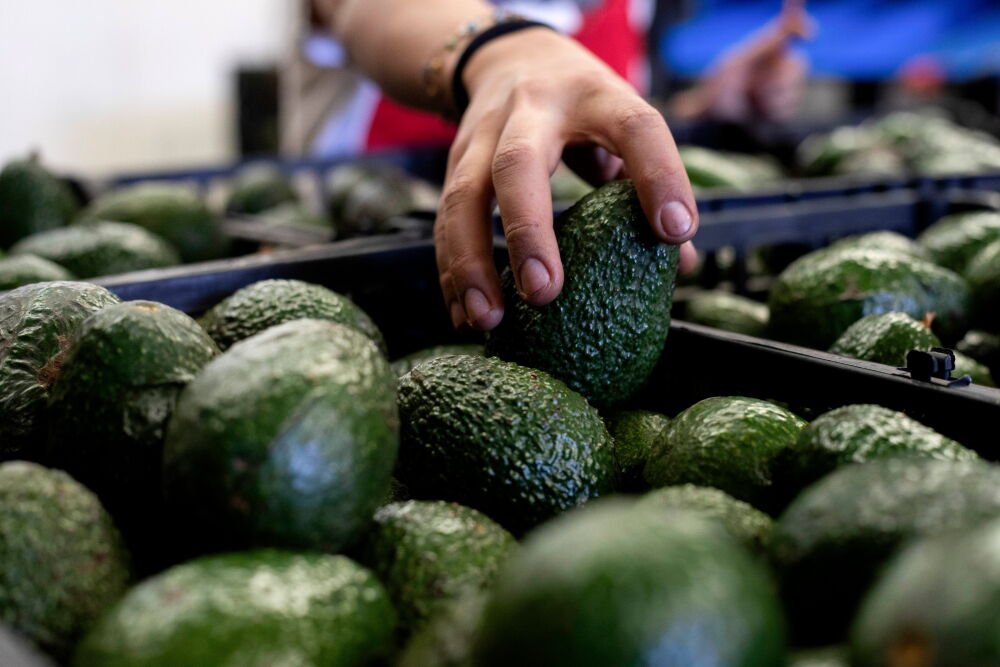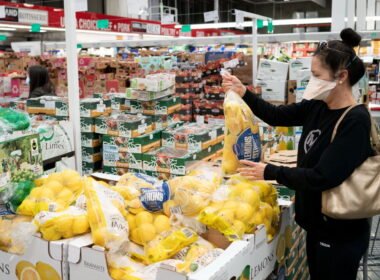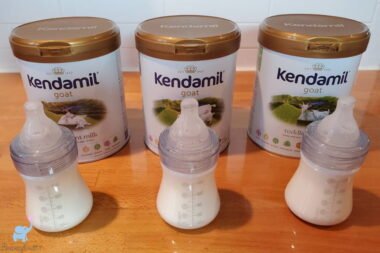Avocados, a “superfood” loved globally for their creamy texture and nutritional value, have expanded rapidly in popularity. This demand spike, especially with climate change, creates significant concerns. Growing avocado climate change shortages threaten worldwide agriculture, trade, and the environment.
Avocado Origins and Growth Conditions
Avocado trees (Persea americana) grow in tropical, subtropical, and Mediterranean climates from south-central Mexico to Guatemala and Colombia. Avocado production has been successful in these places because to their favourable climate.
Key Growing Regions and Characteristics
| Region | Climate Type | Annual Production (Million Pounds) | Challenges |
|---|---|---|---|
| California | Mediterranean | Average: 246 (2010-2022) | Droughts, wildfires |
| Florida | Subtropical | Average: 118 (2010-2022) | Hurricanes, urbanization |
| Mexico | Tropical | Dominates US Supply | Deforestation, crime involvement |
Increasing Demand for Avocados
From 1.52 pounds in 1998 to 9.22 pounds in 2023, US avocado consumption has surged. Avocado marketing as a superfood and customer inclination for better diets explain this six-fold surge.
Consumption Trends
- 1998: 1.52 pounds per capita
- 2008: 3.53 pounds per capita
- 2018: 7.52 pounds per capita
- 2023: 9.22 pounds per capita
Production vs. Consumption Disparity
Avocado consumption in the US is rising, but local production is not. The US imports 80% of its avocados, mostly from Mexico.
Production and Import Dynamics
| Year | US Production (Million Pounds) | Import Share (%) | Main Import Partner |
|---|---|---|---|
| 2010-2022 | Average: 364 | 90% | Mexico |
Production-related environmental issues
Climate-Related Adversities
California and Florida, two major avocado-growing regions, are threatened by climate change. Avocados require around 60 gallons of water each fruit, making water shortage a major issue due to droughts and rising temperatures. Rising water and labour costs and urban expansion encroaching on farmland impede productivity.
Recent Weather Events
- California: Wildfires and intense heatwaves have periodically decimated crops.
- Florida: Hurricanes and laurel wilt disease continue to threaten avocado trees.
Economic and Labor Market Impacts
Labour shortages and climate-induced production swings threaten the avocado industry’s viability. Avocado growing requires a lot of labour, which limits the industry’s ability to meet demand.
Labor and Economic Challenges
| Factor | Impact |
|---|---|
| Labor Shortages | Reduced harvesting and production rates |
| Production Costs | Increased costs for water and labor |
Health and Environmental Concerns
Avocado demand in the US has had unanticipated environmental repercussions, particularly in Mexico. Ecological impacts from avocado plantation deforestation include habitat loss and biodiversity loss. Additionally, organised criminality in the Mexican avocado business threatens supply chain interruptions.
Import Reliance and Economic Viability
Avocado imports are cheaper due to domestic production limits. Mexico dominates the US avocado market thanks to NAFTA. Import surplus has caused domestic price fluctuations, as shown in 2023 in California.
Market Dynamics
- Lower Domestic Prices: Result from oversupply due to imports.
- Urbanization and Disease Pressure: Affecting Florida’s production landscape.
Future Projections and Concerns
Water scarcity, climate change, and environmental degradation may increase avocado shortages and price volatility. With domestic production potential declining, imports will increase, creating worries about avocado supply chain sustainability and resilience.
Projected Trends
| Trend | Expected Outcome |
|---|---|
| Increased Water Scarcity | Potential for production decline |
| Continued Climate Impacts | More frequent shortages |
FAQ
What is causing the avocado shortage?
The avocado shortage is caused by rising demand, climate-related production issues, labour difficulties, and environmental concerns.
Impact of climate change on avocado production?
Avocado yields are reduced by droughts and heatwaves caused by climate change.
Why does the US import so many avocados?
US production cannot match rising demand, forcing imports, mostly from Mexico.
How does avocado farming affect the environment?
Rapid avocado plantation growth, notably in Mexico, has caused deforestation and biodiversity loss.
How may avocado prices change?
Avocado prices may fluctuate and rise due to environmental and production issues.




